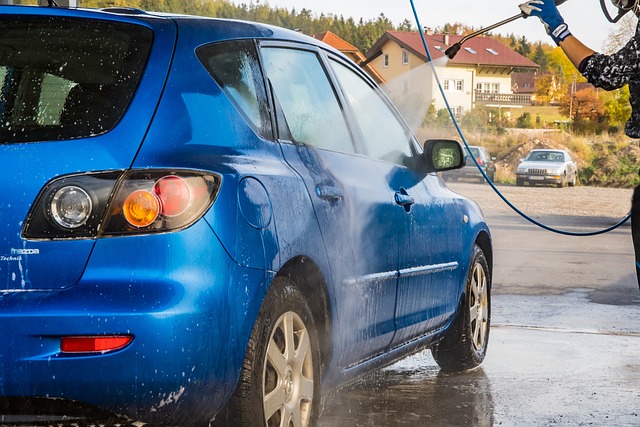Key Takeaways
- Pressure washing can dramatically improve the appearance of various surfaces by removing dirt, mold, and grime.
- Understanding the technical aspects of pressure washing can help achieve better and safer results.
- Proper maintenance through regular pressure washing can prolong the lifespan of outdoor surfaces.
The Importance of Pressure Washing
Pressure washing is more than a simple cleaning exercise; it is pivotal in maintaining various surfaces’ structural integrity and aesthetic appeal. Whether you own a residential property or a commercial building, maintaining external cleanliness is essential for prolonging the life of surfaces while ensuring they remain visually appealing. For example, pressure washing in Port St Lucie FL, is not merely about aesthetics. It protects against elements like algae, mold, and mildew, which can gradually wear down materials if not adequately addressed. As industry experts note, regular maintenance through pressure washing can prevent these issues from escalating into significant structural problems, eventually safeguarding property investments.
How Pressure Washing Works
Pressure washing involves strategically using high-pressure water jets to remove stubborn contaminants from surfaces. By varying pressure levels, one can adapt the cleaning power to suit different surface materials, ensuring no damage occurs while maintaining thoroughness. A typical pressure washer can project water at pressures over 1,000 psi, making it an incredibly effective cleaning tool for concrete, stone, and brick. However, a lower pressure setting is advisable to prevent etching or damage when working with more delicate surfaces like wood. Those diving deep into the technicalities of pressure washing will find this comprehensive guide invaluable, providing insights that demystify the mechanics and nuances of this indispensable cleaning method.
Benefits of Regular Pressure Washing
Regular pressure washing extends beyond the obvious benefit of a spotless surface. It serves as a preventative measure against decay and degradation. Mold, algae, and other contaminants ruin appearances and pose safety threats, especially when they lead to slippery surfaces. Regular washing helps mitigate these risks, ensuring safer environments, whether a home walkway, business entrance, or common public area. Additionally, periodic cleaning can significantly cut down eventual repair costs. By preventing buildup, daily wear decreases, allowing various surfaces to maintain their structural integrity over time.
Tools Needed for Effective Pressure Washing
Effective pressure washing necessitates various tools, beginning with a quality pressure washer. Beyond the washer, various nozzles allow an operator to control the pressure and spray pattern for different cleaning needs. Cleaning detergents, particularly those formulated to be environmentally friendly, can enhance the washer’s effectiveness. Additionally, accessories like surface scrubbers or specialized rotary nozzles provide even cleaning, particularly useful for large or stubborn surfaces. Proper tool maintenance and knowledge about their use can optimize results and prolong equipment lifespan.
DIY vs. Professional Pressure Washing
The decision between tackling pressure washing as a DIY project or hiring a professional often hinges on several factors, such as the project’s scale and one’s comfort with the equipment. While small jobs can be rewarding for DIY enthusiasts, large or heavily soiled surfaces might necessitate professional intervention. Professionals bring a wealth of experience and access to commercial-grade equipment, ensuring even the toughest dirt and grime are eliminated safely and efficiently. They also ensure that the cleaning process aligns with environmental and safety guidelines, offering peace of mind that DIY endeavors may not wholly guarantee.
Future Trends in Pressure Washing
The pressure washing industry continues to evolve, incorporating modern technologies and methodologies that enhance its efficiency and ecological footprint. Innovations such as steam-based cleaning are increasingly popular, and they are known for their ability to sanitize while reducing water consumption concurrently. Moreover, as AI and IoT technologies improve, there’s potential for intelligent pressure washing systems that adjust pressure and water usage in real time based on surface sensitivity and cleaning requirements. Keeping abreast of these advancements enables property owners and maintenance teams to adopt the most advanced, efficient, and eco-friendly practices, aligning maintenance with environmental stewardship.










